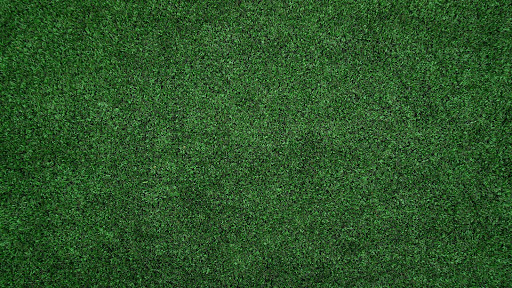Artificial grass may be cheaper in the long run since it does not need to be watered, mowed, or fertilized. Fertilize and trim natural grass regularly.
Artificial grass is a great solution for anyone concerned about its impact on the environment. It conserves water and is ideal for hard-to-maintain areas. The extent of the area covered by fake grass, the kind of grass utilized, and the installation complexity may all affect the cost. So, if you’re asking, how much is artificial grass, here are some of the factors that influence the cost.
Most artificial grass installations cost $8 to $12 per square foot, explaining the wide range of prices for this product. Artificial grass costs $5–$20 per square foot. A typical household lawn of 500 square feet would cost between $2,500 and $8,000.
How Much Does Yard Artificial Grass Cost?
Fake grass installation costs vary by area. We suggest calculating the cost of fake grass according to the size of the outside area and adding installation expenses if you’re not doing it yourself. This pricing may vary depending on the product, location, access, wastage, waste, edging, equipment hiring, and other site-specific issues. Larger installations have lower per-square-yard prices.
Artificial grass: expensive?
Artificial grass costs more than natural turf, so it seems pricey at first. Artificial lawns are cheaper to maintain and spend on than actual lawns.
However, complex installations may cost more. It may cost more if it has irregular shapes or needs a lot of grading and processing. Better-quality or more realistic artificial grass will also cost more. The processes for installing fake grass at a home vary based on the project and the provider, but they usually comprise the following:
- Layout
Installing artificial grass begins with site preparation. Remove grass, weeds, and rubbish and level the area. To stabilize fake grass, compress the soil.
- Grading
Once the area is cleared and leveled, it will need to be graded to ensure proper drainage. To drain water, a modest slope will surround the area.
- Priming
The graded area is covered in crushed stone as well as gravel to stabilize the fake grass. Leveling and compacting the foundation smooths it.
- Artificial grass installation
Artificial grass is unrolled over the foundation and trimmed to fit. A special glue or nails attach the fake grass margins.
- Infill
After installing fake grass, infill is applied. Sand or rubber infill cushions and secures artificial grass.
- Finishing
Grooming the fake grass to make it flat and natural is the last stage. For a realistic look, brush the strands or use a specific tool.
- Maintenance
To preserve its beauty and lifespan, artificial grass must be kept clean and debris-free after installation.
Cutting artificial grass to suit an odd-shaped space might cost more. Curved patterns or mowing grass in non-square or rectangular areas might cost $1 to $3 extra in labor.
Grass
Polypropylene, polyethylene, and nylon make artificial grass. Each material has distinct properties that may suit certain applications. Each grass substance is described below.
Brand
The greatest artificial grass allows homeowners, family, and friends to enjoy the backyard without lawn care or upkeep. Artificial grass brands differ in quality and price. The difference in price will typically come from the difference charged by the most popular brands. This is a cost that is passed down to the contractor who will be installing your artificial grass yard.
The installation procedure depends on the project’s size and complexity and the installation business. Some firms provide landscaping, lighting, and irrigation. It’s also ideal to engage a professional business to install synthetic turf as they will have the necessary equipment, expertise, and experience.
Locale
Location affects material and labor costs. In heavily populated metropolitan areas, artificial grass is more costly to install.
Expenses
It’s crucial to consider all expenditures while asking “How much does grass cost?” These include cleanup, landscaping, and upkeep. There can be any number of additional costs, and it’s important to thoroughly and carefully read your contract prior to signing so you’re positive about the included costs. Be certain to jot down all of the items you want to be included so you can specifically check for them.
Disposal
After excavation, remove soil, grass, landscaping, stones, tree stumps, and concrete. Some experts include debris cleanup in their work expenses, while others charge extra. Ask the artificial grass installer about removal procedures and costs.
Keep in mind that these are only approximate figures, and to obtain an actual idea of how much your job will cost, seek multiple quotations from various contractors. Always remember that these are tentative estimates.
In conclusion, artificial grass offers minimal maintenance, durability, water saving, all-season use, pet friendliness, beauty, expense, and environmental friendliness. Benefits include these. This is a fantastic option for those who desire a lush lawn without the hassle and price of real grass.































